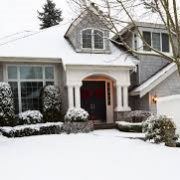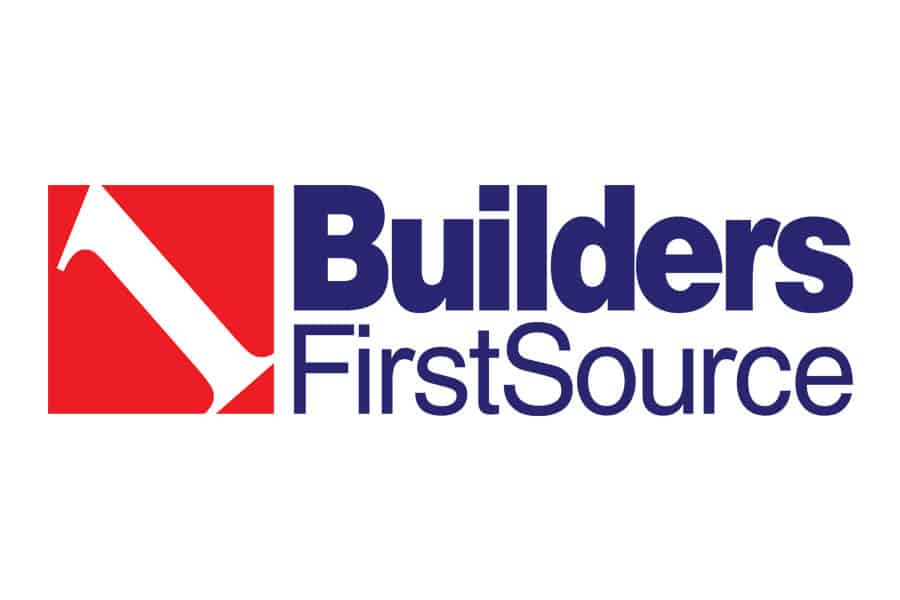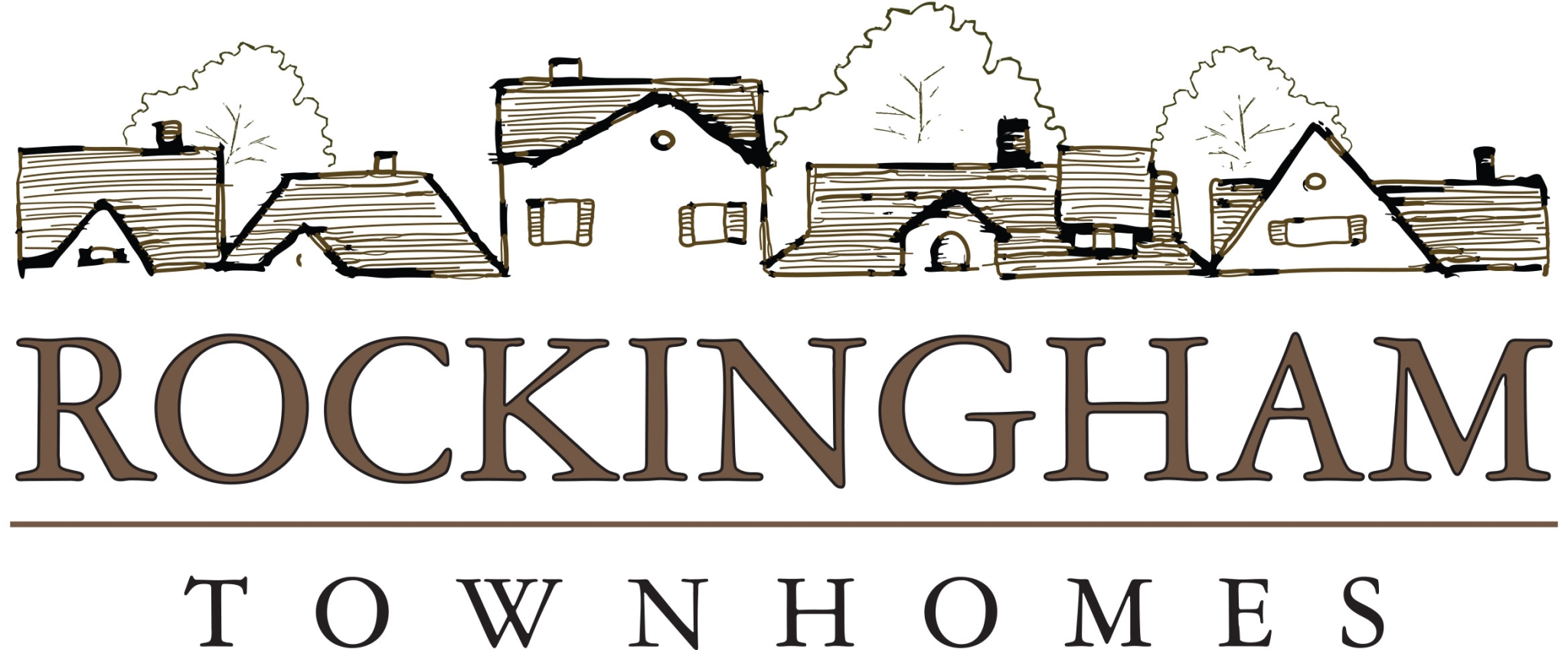Consider the Benefits of Off-Season Home Improvements
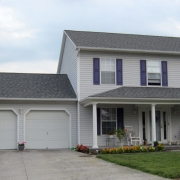 There are considerable benefits to off-season home improvements. Winter, especially after the holiday season has passed, seems more like a time to hunker down and get cozy. But the professionals who do home improvements and the suppliers who sell the materials are in business year-round. And during their off-seasons, these businesses will often lower prices to attract more customers. That means home owners may find that it’s not only easier to schedule these professionals, but also even get a break on the price.
There are considerable benefits to off-season home improvements. Winter, especially after the holiday season has passed, seems more like a time to hunker down and get cozy. But the professionals who do home improvements and the suppliers who sell the materials are in business year-round. And during their off-seasons, these businesses will often lower prices to attract more customers. That means home owners may find that it’s not only easier to schedule these professionals, but also even get a break on the price.
Here are a few projects to consider during this winter season:
Get a new roof. Depending how severe your winter weather is, replacing your roof in the winter can make sense. True, winter weather can get in the way of getting the job done quickly. But on the other hand a roofer with a light schedule will have the flexibility to work around the weather and make adjustments to get the job done right.
Cold temperatures do present challenges. Materials, especially asphalt shingles, require special handling and in some cases alternative adhesives when it’s cold. Icy surfaces, sleet and snow make work out of the question. And some days may be just too cold. Roofers can work around each of these issues using different techniques and given enough leeway in scheduling the work.
Replace windows. If your windows could use replacing, winter reminds you of it every day. Does the temperature drop when you get close to a window to take a look outside? Why not tackle it now? Window replacement companies frequently offer special pricing during the off-season and can schedule your job on shorter notice. 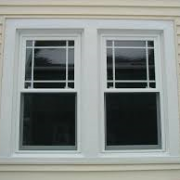
Installers may take on windows one at a time, putting up barriers and shutting off rooms to minimize the cold air coming into the house. The process might take longer than it would if letting in outdoor air weren’t such a concern, but you’ll feel the results right away once the job is done.
Paint a room. Spending more time indoors might draw your attention to dingy walls or make you wish for an updated room color. With dry winter air, a window open a crack, and maybe even an exhaust fan in the window, should be more than enough ventilation for a fresh new coat of today’s low volatile compound (VOC) paints. If you don’t want to do the painting yourself, you may find a choice of painting contractors with openings in their calendars.
Make sure walls are warm enough for paint to stick well. Paint cans will tell you the temperatures for best adhesion. Even though the room is warm, walls can be cooler. You may need to turn up the heat to be sure they present the best conditions for paint to stick. 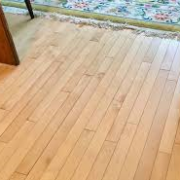
Refinish wood floors. As with painting, you’ll want to ventilate somewhat, but you can minimize the amount of time you’ll need to open a window or door. Finishes with low VOC ingredients don’t require so much airing out, and winter’s low humidity air speeds up the time it takes to dry.
Especially if you plan to stay in your house during the project, check out refinishers who use sandless techniques.
For more information on home repairs, view our online directory at ValleyBuilders.org or NAHB.org/forconsumers.

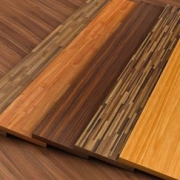
 wallpaper in the dining room or along a stairway. Check out the
wallpaper in the dining room or along a stairway. Check out the 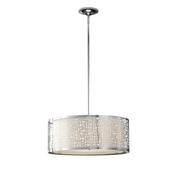 on LED strip under a cabinet. Replace a dated fixture over your dining table or kitchen island with an engaging pendant light to add new visual charm.
on LED strip under a cabinet. Replace a dated fixture over your dining table or kitchen island with an engaging pendant light to add new visual charm.